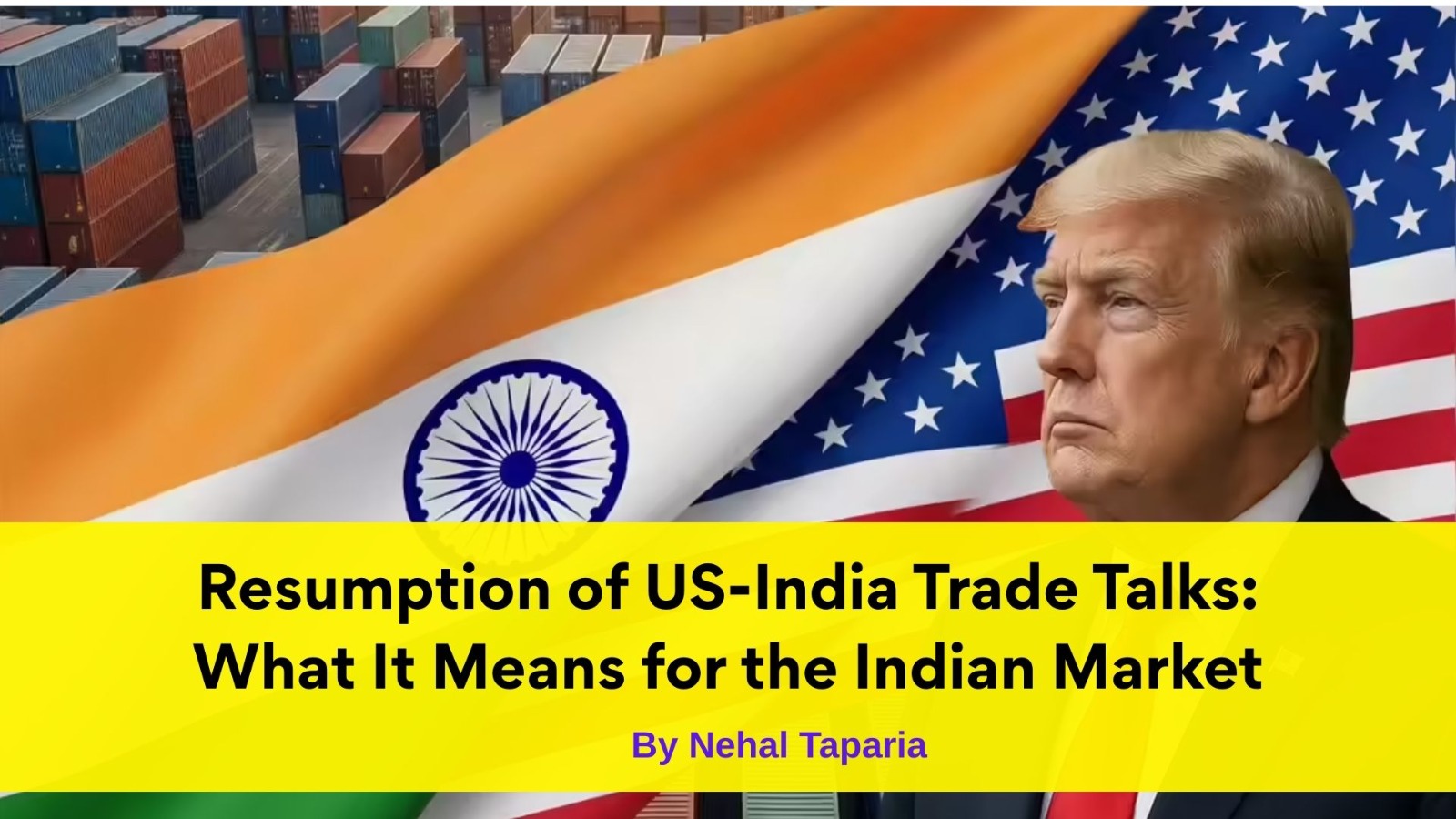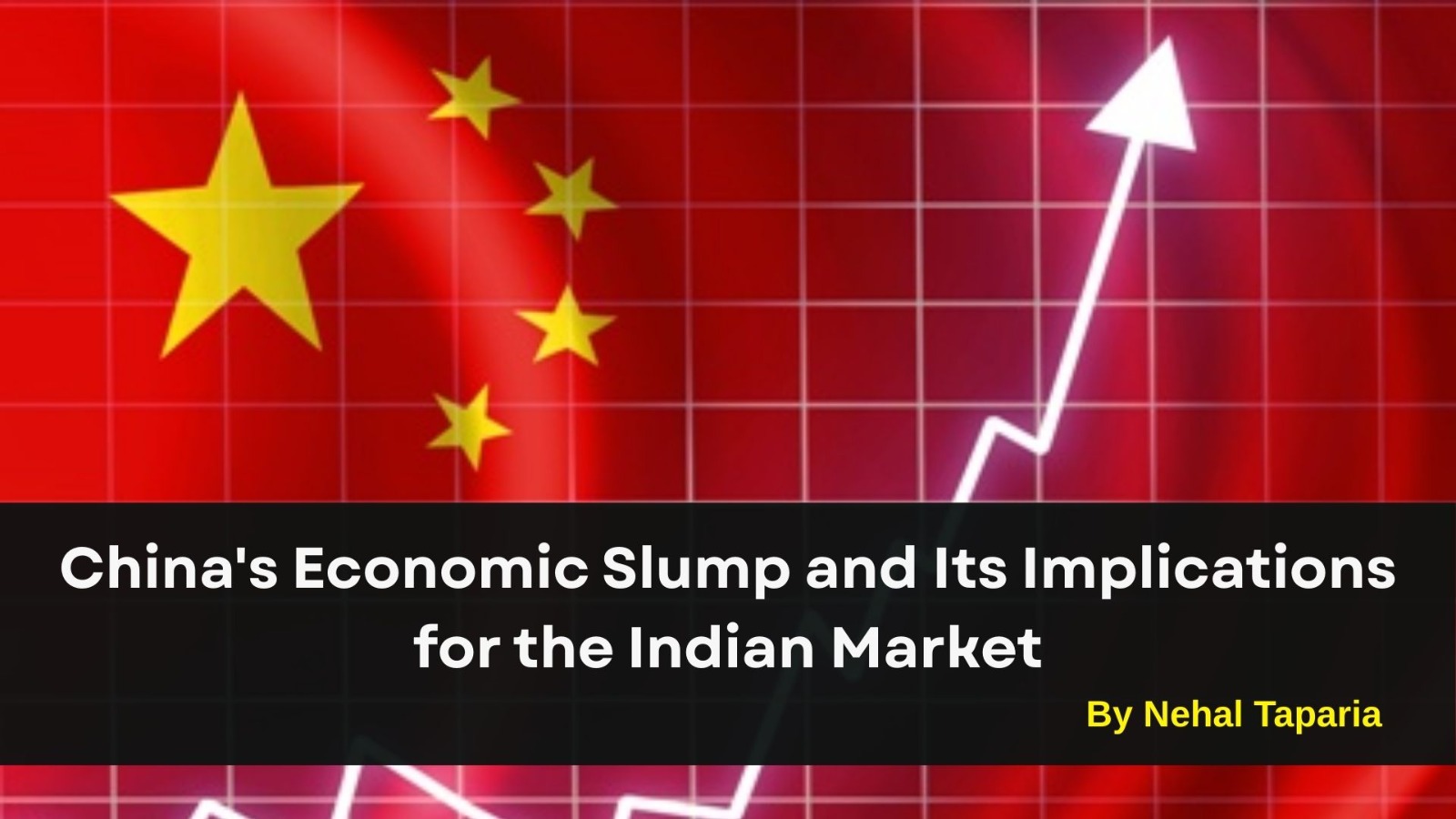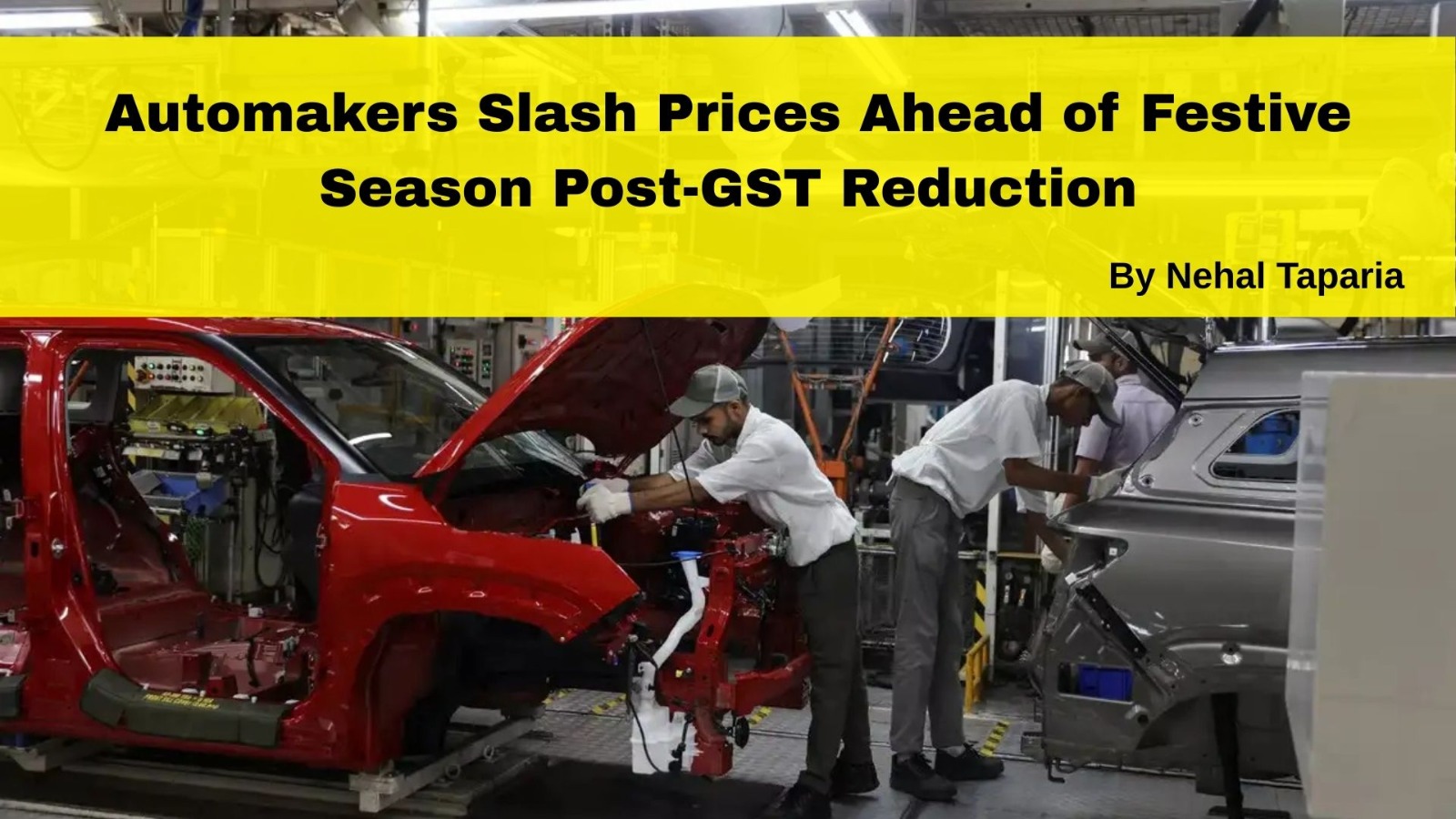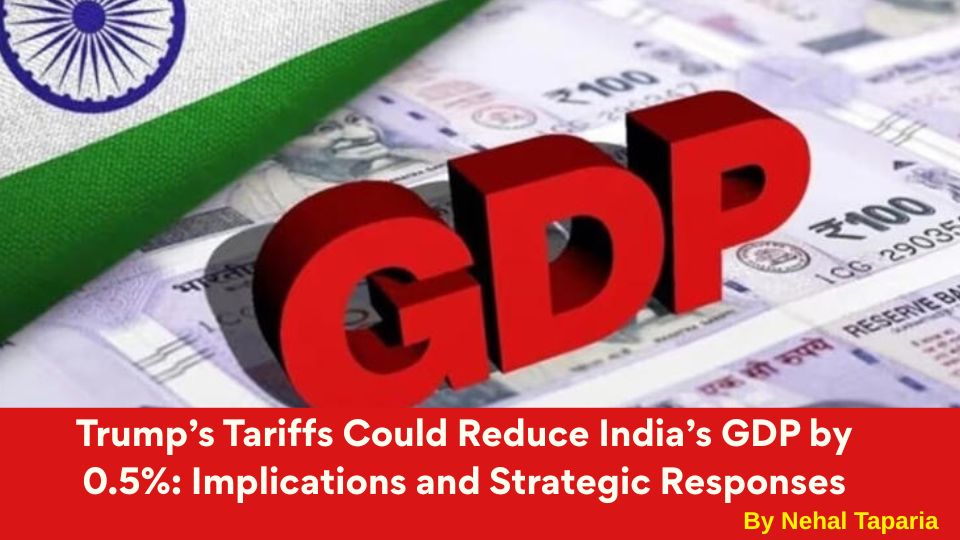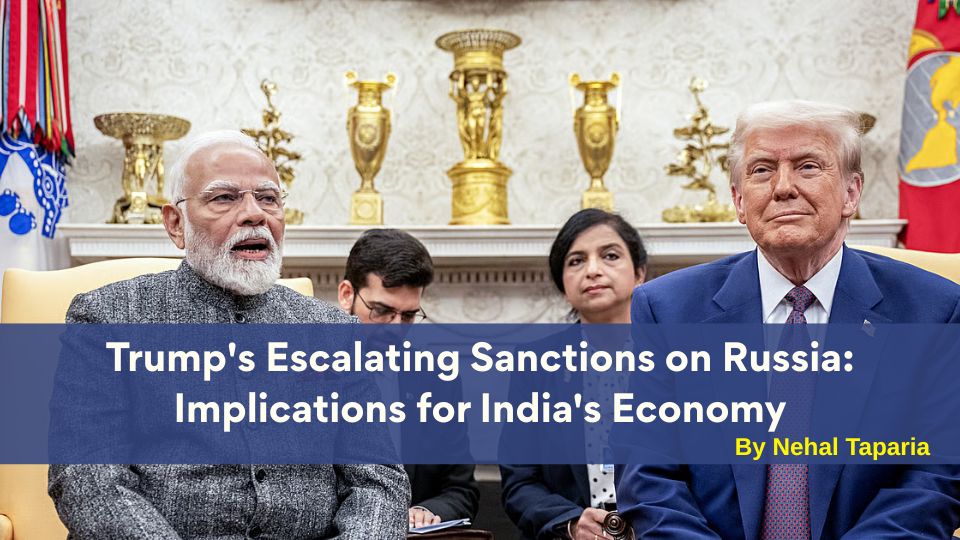Is Stagflation Coming to the US in 2025? Here’s What You Should Know

Is Stagflation Coming to the US in 2025? Here’s What You Should Know
The term stagflation is resurfacing in financial circles as concerns grow about the direction of the US economy in 2025. Recent data points to a troubling combination of rising inflation, sluggish economic growth, and worrying signs in the job market — a classic setup for stagflation.
But what exactly is stagflation, and why does it worry economists and investors alike? Let’s break it down.
What is Stagflation?
Stagflation is an economic situation where:
- Inflation remains high
- Unemployment increases
- Economic growth slows down or stagnates
In simple terms, prices keep rising, but the economy isn’t growing fast enough to create jobs or generate prosperity. This creates a difficult situation for policymakers because the usual tools to tackle inflation (like raising interest rates) can further slow growth and worsen unemployment.
Why Might the US Face Stagflation in 2025?
Several factors are contributing to these fears:
- Persistent inflation pressures from elevated energy costs, supply chain disruptions, and sticky wage growth.
- Sluggish GDP growth projections amid global economic uncertainty and tight monetary policies.
- Job market cooling down, with layoffs rising in certain sectors like tech, finance, and retail.
- High interest rates maintained by the Federal Reserve to combat inflation, which risks dampening demand and investment further.
If inflation doesn’t ease meaningfully and growth remains weak, the US could slip into a stagflation scenario — a situation not seen on a large scale since the 1970s oil crisis.
Implications for Global and Indian Markets
- Global investors may turn risk-averse, moving money from equities to safe-haven assets like gold and US Treasuries.
- Emerging markets like India might face volatility due to capital outflows, currency fluctuations, and reduced risk appetite.
- Commodity prices could spike as investors hedge against inflation, impacting import-dependent economies.
- FII inflows into India might moderate if US interest rates stay high to tackle inflation, though India’s domestic demand strength could offer resilience.
✍ By Saurabh Jain
This content is for educational and knowledge purposes only and should not be considered as investment or trading advice. Please consult a certified financial advisor before making any investment or trading decisions.
Our Recent FAQS
Frequently Asked Question &
Answers Here
What exactly causes stagflation?
It usually results from a supply shock (like high oil prices) combined with poor policy responses. Inflation rises while economic activity slows, and monetary tightening can’t easily fix both problems at once.
Has the US faced stagflation before?
What would stagflation mean for stock markets?
How would this affect the Indian market?
Should investors be worried?
Copyright © By Empirical F&M Academy. Design & Developed by Techno Duniya

.jpeg)
.jpeg)
.jpeg)

.jpeg)
